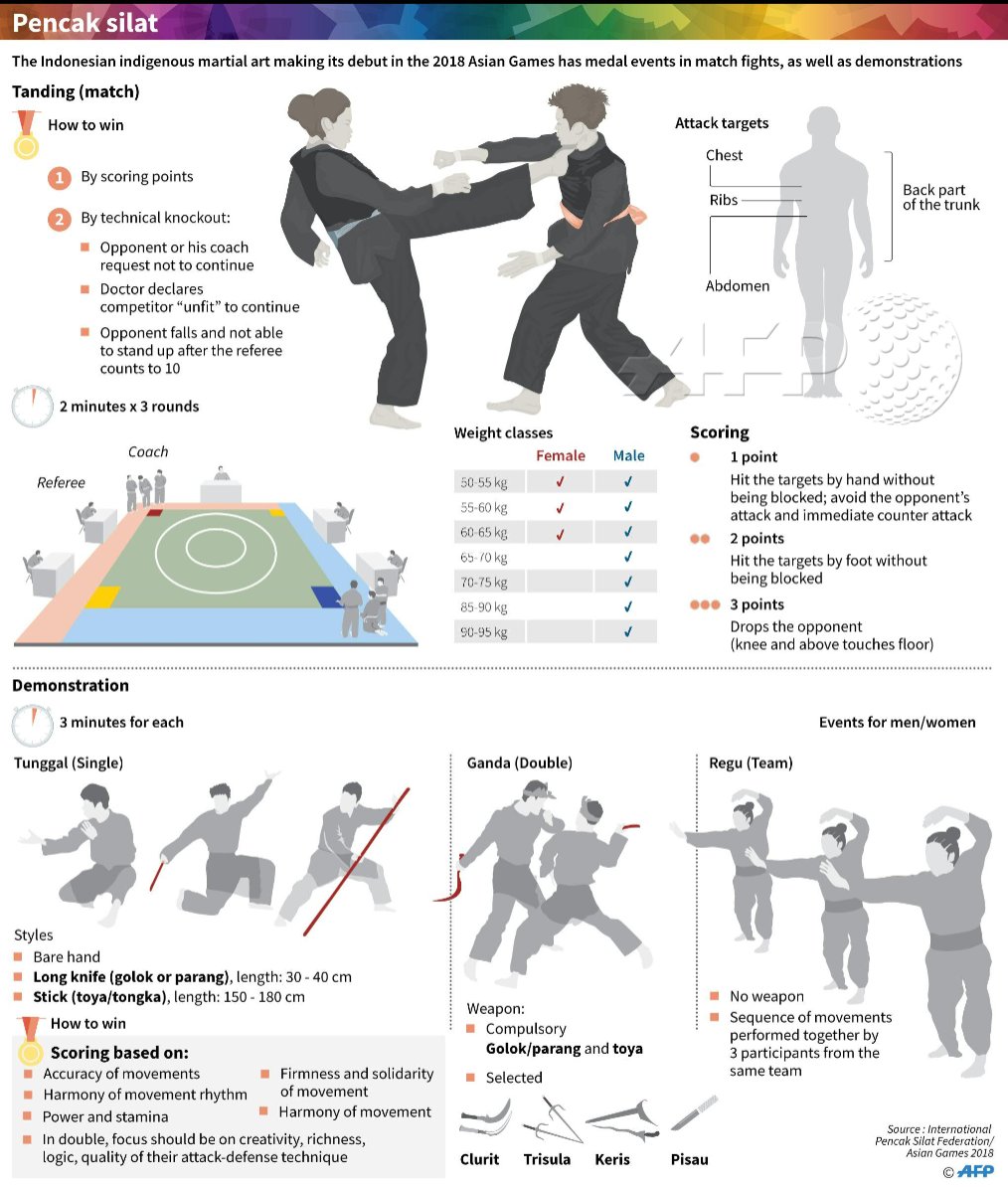Discovering The Rich Heritage And Spiritual Dimensions Of Fighting Style: A Comprehensive Examination
Discovering The Rich Heritage And Spiritual Dimensions Of Fighting Style: A Comprehensive Examination
Blog Article
Web Content Writer-Gentry Henson
Step into the old world where martial arts were substantiated of necessity in varied areas. Societies crafted special fighting designs intertwined with historic contexts. Techniques progressed over centuries with devoted technique and cultural exchanges. Today, contemporary martial arts mix standard aspects for optimal effectiveness. Philosophically, martial arts stress discipline, self-improvement, and consistency. Respect, humbleness, and balance are foundational concepts assisting professionals in the direction of development and resilience. Check out the midsts of this rich history and viewpoint to uncover the extensive impacts shaping this enduring discipline.
Origins of Fighting Style
Martial arts came from various areas all over the world, advancing as practical combat systems to defend against risks. These ancient fighting designs were established out of need, with each culture crafting techniques suited to their unique atmospheres and difficulties. From the grappling arts of Jujutsu in Japan to the striking techniques of Kung Fu in China, martial arts were deeply intertwined with the historic, social, and cultural fabric of their particular societies.
In Japan, the samurai class refined martial arts like Kenjutsu, the art of the sword, which later on advanced right into the more popularized form of Kendo. On the other hand, in Brazil, Capoeira emerged as a mix of dance and fight, developed by enslaved Africans as a means to withstand fascism. Each fighting style brings with it a rich background and philosophy, showing the values and ideas of individuals who exercised them.
As you explore the origins of martial arts, you uncover a tapestry of human resourcefulness, resilience, and the unrelenting spirit of warriors throughout time.
Evolution of Methods
With centuries of technique and improvement, battle strategies within numerous martial arts have undertaken a profound evolution. From ancient designs like Kung Fu and Martial arts to a lot more modern disciplines such as Brazilian Jiu-Jitsu and Krav Maga, the advancement of strategies has actually been driven by a mix of cultural influences, practical applications, and technological developments.
One substantial facet of this advancement is the cross-pollination of strategies between various martial arts. For instance, methods from standard Japanese Jiu-Jitsu were included right into the creation of Judo by Jigoro Kano in the late 19th century. This blending of styles has caused the growth of crossbreed martial arts like Mixed Martial Arts (MMA), which incorporate aspects of striking, grappling, and entry techniques.
Furthermore, the advancement of strategies has actually been formed by the enhancing emphasis on performance and performance in battle. Practitioners have constantly sought to fine-tune their techniques via rigorous training, trial and error, and competitors, resulting in the advancement of very specialized and efficient fighting designs. Generally, the development of strategies in martial arts reflects the vibrant nature of combat and the ongoing pursuit for enhancement and development.
Thoughtful Foundations
Discovering the underlying thoughtful principles of martial arts offers understanding into their core worths and guiding ideas. At krav maga martial arts of many martial arts self-controls is the principle of discipline itself. By training your body and mind to serve as one natural unit, you grow self-control that expands beyond the dojo or health club into everyday life. This discipline incorporates respect, humility, and self-constraint, shaping not simply your physical abilities yet also your personality.
Another basic thoughtful structure in martial arts is the idea of continuous self-improvement. The journey of mastering a martial art is perpetual, with professionals continuously striving to much better themselves, both literally and emotionally. This concentrate on development promotes durability, willpower, and a development way of thinking that can be applied to all elements of life.
Furthermore, martial arts emphasize the importance of harmony and balance. Techniques are designed to utilize an opponent's energy against them, highlighting the concept of producing and redirecting pressure rather than meeting it head-on. Click At this website encompasses interpersonal connections, promoting tranquil resolutions and mutual understanding. By accepting these philosophical foundations, martial musicians not just enhance their combat abilities but likewise cultivate a lifestyle centered on individual growth, respect, and harmony.
Verdict
To conclude, the background and viewpoint of martial arts offer a rich tapestry of custom, discipline, and self-improvement.
Consider example the tale of Bruce Lee, who reinvented martial arts by blending different designs and viewpoints to produce his own special kind of Jeet Kune Do.
With dedication and advancement, martial musicians remain to push boundaries and influence others to reach their complete possibility both in battle and in life.
